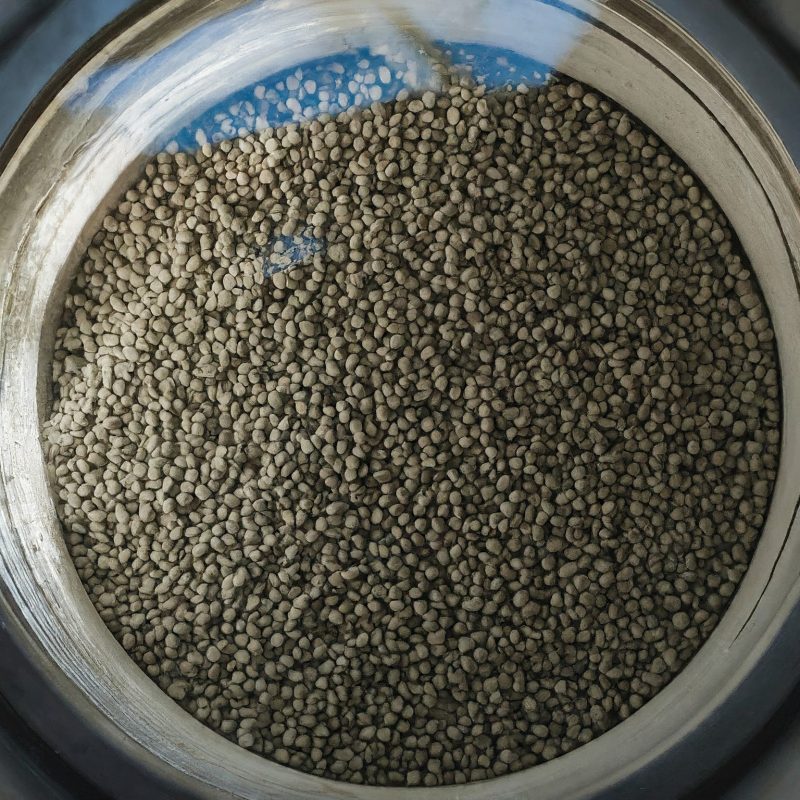The meticulous world of scientific inquiry thrives on the ability to manipulate particle size with precision. Here, the laboratory planetary ball mill emerges as a crucial tool, a marvel of mechanical design dedicated to the art of size reduction. Drawing inspiration from the principles of precision engineering, this article delves into the inner workings of a laboratory planetary ball mill, exploring its intricate mechanisms, operational factors, and the interplay between precision and performance.

1. The Challenge: Achieving Granular Control
Understanding the properties of materials often hinges on their particle size. Analyzing the composition of minerals, characterizing polymers, or studying the behavior of pharmaceuticals – all rely on finely divided samples. This is where the laboratory ball mill steps in. These compact yet powerful machines utilize various size reduction mechanisms to transform coarse materials into fine powders with a controlled particle size distribution. This precise control allows for accurate analysis using a multitude of scientific techniques.
2. The Heart of the Machine: The Grinding Chamber
The core of the laboratory ball mill is a cylindrical chamber, meticulously machined from robust materials like stainless steel or high-chrome cast iron. This chamber serves as the stage upon which the size reduction drama unfolds. Its design prioritizes several crucial aspects:
- Strength and Durability: The chamber walls must withstand the impact forces generated during grinding. High-quality materials with excellent wear resistance are essential.
- Surface Finish: A smooth internal surface minimizes adherence of material particles, ensuring efficient grinding and easy cleaning.
- Sealing: Precise sealing mechanisms prevent leakage of material or grinding media during operation, safeguarding user safety and sample integrity.
3. The Instruments of Size Reduction: Grinding Media
Playing a vital role are the grinding media, typically hardened steel or ceramic balls housed within the chamber. These balls serve as the instruments of size reduction, impacting and crushing the material as the chamber rotates. Their selection hinges on several key factors:
- Material: Hardened steel balls offer a balance of durability and cost-effectiveness, while ceramic balls are preferred for contamination-free grinding of sensitive materials.
- Size: Smaller grinding media generate finer powders, while larger media are better suited for coarse grinding. The optimal size depends on the desired final particle size and material properties.
- Quantity: The mass of grinding media significantly influences the grinding efficiency. A larger mass of media increases the grinding forces and reduces processing time, but requires a robust chamber design to handle the increased load.
4. The Conductor’s Baton: Controlling the Grinding Process
Precision machinery design thrives on the ability to control variables and achieve optimal performance. Laboratory ball mills incorporate several key features that enable researchers to fine-tune the grinding process:
- Rotational Speed Control: Variable speed drives allow for precise control of the chamber rotation speed. Higher speeds generate greater centrifugal force and result in faster grinding and finer particle sizes. However, excessive speed can lead to heat generation and potential material degradation. Selecting the optimal speed depends on the material properties and desired particle size.
- Grinding Time Control: The duration of the grinding process significantly impacts the final particle size. Precise timers ensure consistent grinding times and repeatable results.

5. A Symphony of Mechanisms: Unveiling the Grinding Action
The size reduction process in a laboratory ball mill is orchestrated by a combination of mechanisms:
- Impact Crushing: As the chamber rotates, the grinding media are propelled by centrifugal force. They collide with each other and impact the material to be ground, fracturing and breaking it into smaller particles.
- Attrition Grinding: The grinding media also exert a grinding action through attrition. As the media and material tumble within the chamber, they rub against each other, further reducing particle size.
- Shearing Forces: The combined action of the rotating chamber and the grinding media can also generate shearing forces within the material bed, contributing to particle size reduction.
6. Optimizing Performance: Additional Considerations
Modern laboratory ball mills incorporate various features to enhance their performance, user experience, and safety:
- Cooling Systems: Grinding can generate significant heat, particularly for prolonged operation. Water-cooling jackets or integrated cooling systems might be incorporated to maintain optimal operating temperatures and prevent thermal degradation of the material.
- Vacuum Operation: Certain models offer vacuum operation capabilities, allowing for the grinding of moisture-sensitive materials or materials requiring an inert atmosphere.
- Safety Interlocks: Safety interlocks and emergency shut-off mechanisms are crucial features, ensuring safe operation and preventing accidents.
- Data Acquisition Systems: Advanced models might integrate data acquisition systems that monitor parameters like chamber temperature, rotation speed, and grinding time. This real-time data can be invaluable for process optimization and ensuring reproducibility.
7. Conclusion: A Versatile Tool for Scientific Inquiry
